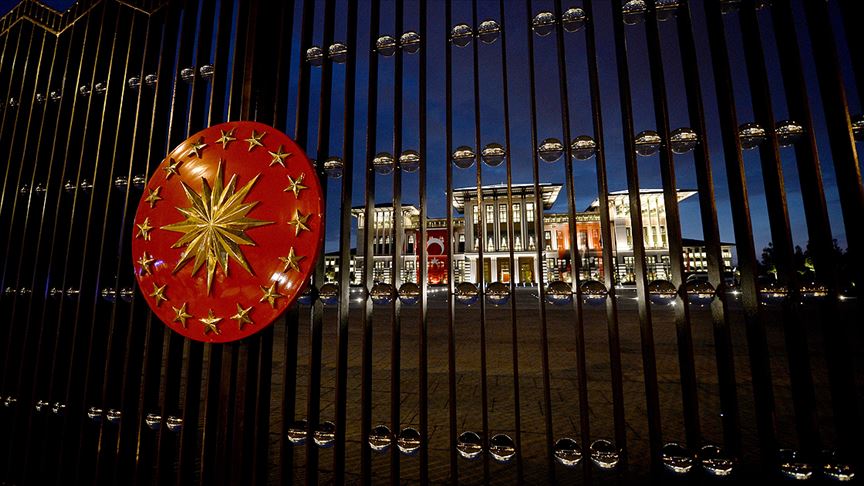Questions to be Answered After the Opening Ceremony of the New Academic Year
In his speech at the 2020-2021 Academic Year Opening Ceremony on October 15th, President Recep Tayyip Erdoğan made statements on the situation of higher education institutions and university students in Turkey. However, these explanations raised many questions.
- It has been announced that face-to-face education will be started as soon as possible in higher education institutions as in primary and high schools. However, it is unclear what the measures would be. Considering the rights violations experienced in the online education process, it is unclear whether sufficient preparations have been made. What are the predictions and solutions regarding the effects of intercity student mobility on the spread of the virus with the opening of universities?
- In Turkey, there are a total of 207 public and foundation universities, including at least one university in each city. Announcing this as the fulfillment of the promise of “one university for each city”, Erdoğan states that 8 million students are being educated in these institutions. However, considering the unemployment rates, it is possible that a large number of these university graduates will remain unemployed. Many of them who find a job cannot find the opportunity to work in their field. Some departments are continuing education, but no assignments are given to students. In this case, what should we recommend for the thousands of people graduating from university?
- Erdogan states that the tuition fees have been removed as students demanded and the dream of free education has come true. However, not all of the fees have been removed. For example, second education (university education held after 17:00 for working students) students are still required to pay fees. It should also be noted that the cost of equipment and services must be paid for online courses during the pandemic. If the students’ living conditions prevent their education, can we say that education is free?
- Erdogan stated that; the capacity of the dormitories is approaching 700 thousand students , the number of students who got scholarships or loans is approaching 1 million 600 thousand and that the amount of scholarship has increased from 45 TL to 550 TL. However, uptodate published government information on the conditions of the students living in these dormitories and how much they paid for the dormitories is currently unavailable. In addition, when the total number of students getting scholarships and loans is not given separately, the number of students supported by the state and the number of students obtaining loans from the state mix together. How many students receive scholarships, how many students get loans? In addition, the KYK dormitory fees, which were 30 TL in 2002, are currently set at a minimum rate of 200 TL. Considering all this, can it be said that students have better financial conditions?
We know that these are unpleasant questions to be answered at the opening ceremony of the academic year, but these are the questions that the authorities -who need to find real solutions to students’ problems- must be answered.

